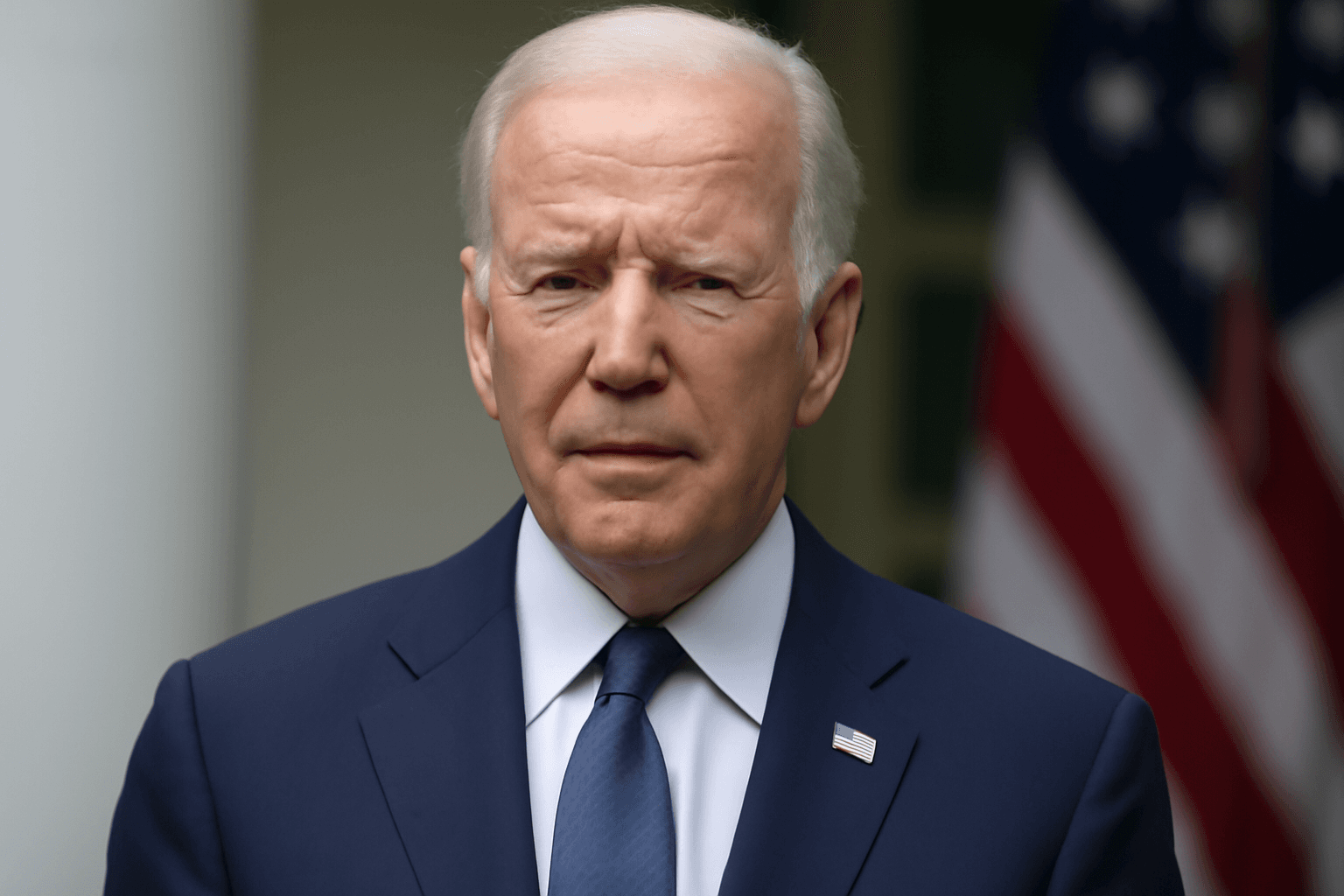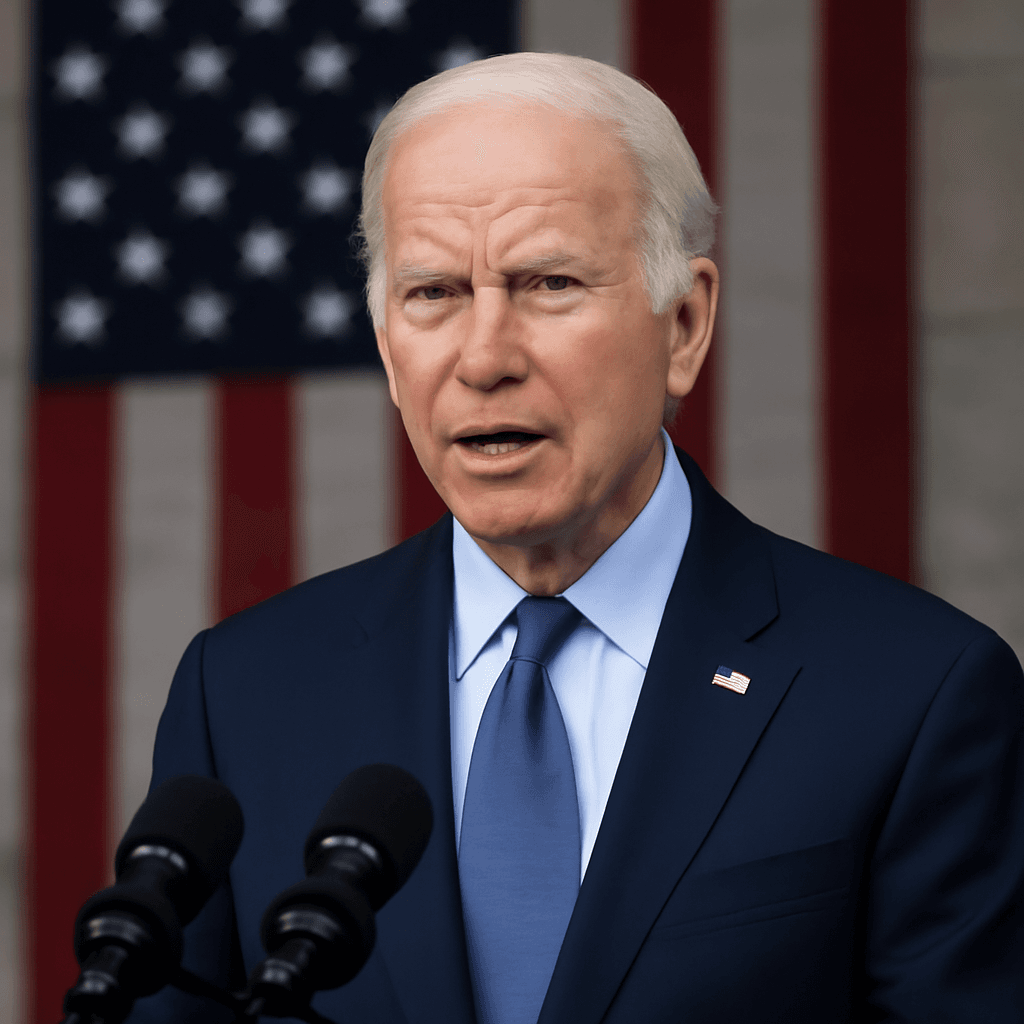Recent revelations about President Joe Biden’s health have intensified scrutiny over the so-called 'gerontocracy' dominating US Democratic leadership. A new book by journalists Jake Tapper and Alex Thompson alleges that Biden’s inner circle has downplayed his cognitive decline, sparking a broader conversation about the party’s aging hierarchy.
Democrats in Congress are currently grappling with the consequences of their seniority system, which prioritizes experience and tenure, often at the expense of younger talent. This issue has become more apparent following the deaths of six senior Democratic lawmakers within slightly over a year, leaving crucial seats vacant and weakening the party’s ability to oppose Republican legislation effectively.
House Republicans recently passed a significant tax relief and spending package by a slim margin, a move Democrats criticize for potentially depriving over eight million Americans of health care coverage. The Democratic caucus lacked the numbers to challenge the bill successfully, partly due to empty seats left by older members who passed away after battling illnesses.
For example, the Virginia seat formerly held by Gerry Connolly, who died from esophageal cancer at 75, was recently vacated. Democrats had selected Connolly as a leader for the House oversight committee, favoring his extensive experience over younger, more socially media-savvy members like Alexandria Ocasio-Cortez—highlighting the party’s preference for traditional senior figures.
The party’s leadership largely consists of senior figures: Senate Majority Leader Chuck Schumer is 74, and former House Speaker Nancy Pelosi remains influential at 85. This trend is not unique to Democrats; however, the aging leadership has arguably hindered Democratic efforts more, particularly impacting the party's ability to harness fresh perspectives and energy.
The entrenched seniority system rewards tenure with coveted committee roles and leadership positions, resulting in an average age of 69 among top Democrats on House committees, compared to 62 among Republicans. Critics argue this dynamic contributes to stagnation within the party.
The issue extends beyond Congress. The late Supreme Court Justice Ruth Bader Ginsburg, who died at 87, faced criticism for not retiring earlier during President Obama’s tenure—a decision that facilitated a conservative appointment by then-President Trump.
While there have been small strides to address these concerns, progress remains slow. Youthful figures like David Hogg, who was elected vice chairman of the Democratic National Committee at 25, have called for challenging outmoded party leaders. Yet their calls have met resistance from veteran strategists like James Carville.
As Biden recently disclosed a prostate cancer diagnosis amid ongoing concerns over his cognitive health, activists and analysts emphasize the urgency for Democrats to recalibrate their leadership approach. They argue that the party’s future success depends on elevating leaders who resonate with voters and demonstrate vitality and effective communication, rather than relying solely on traditional seniority.
Political commentator Molly Jong-Fast told MSNBC, "If you say democracy is on the ballot and this is the most important election of our lifetime, then the base expects you to act like it by promoting capable voices over old loyalties. This represents a potential sea change within the Democratic Party."



















